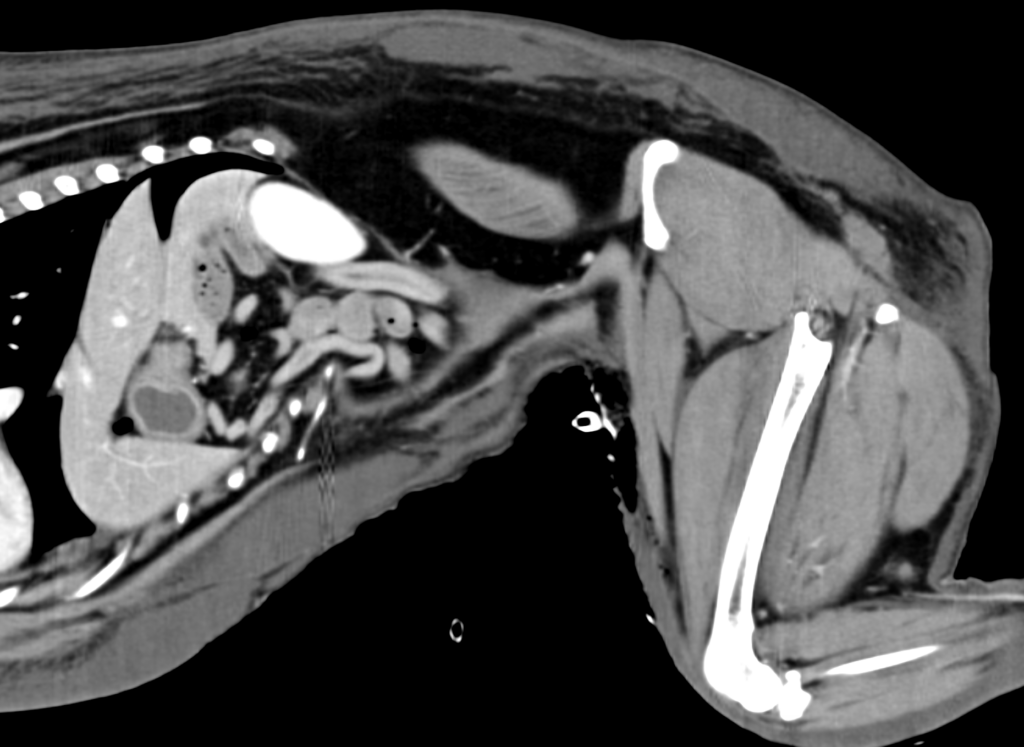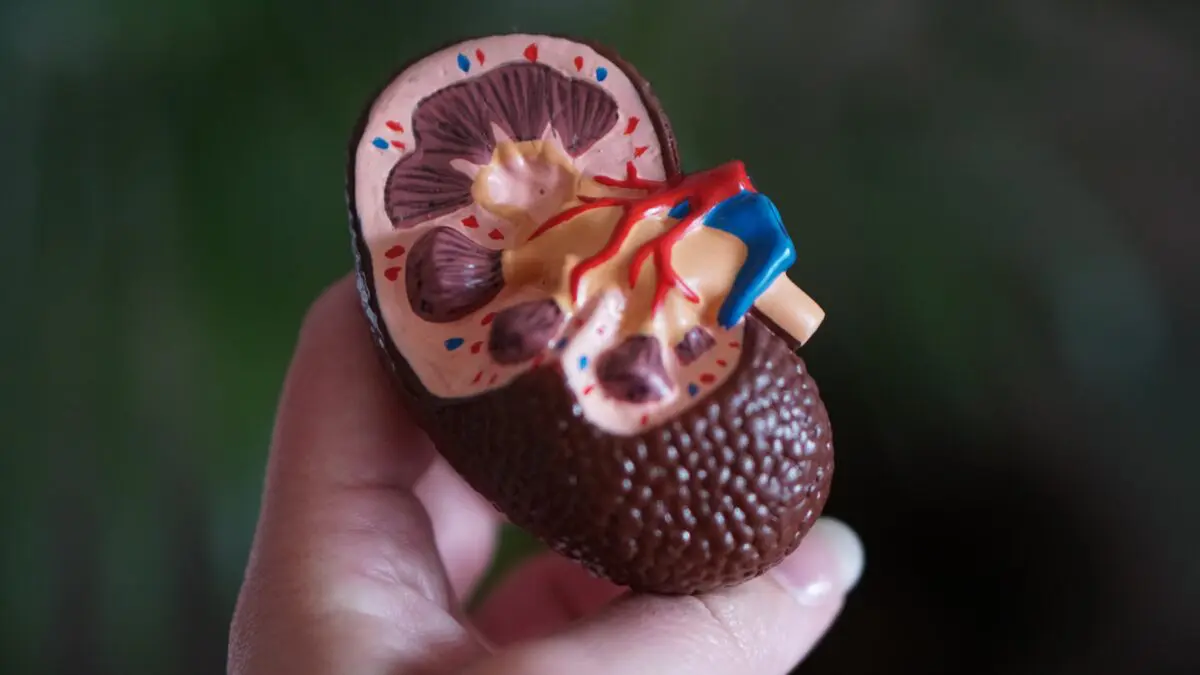
In this post, I want to underscore the importance of understanding a statistical analysis section when reading any scientific paper, especially in veterinary medicine where the peer-review process of statistical analysis is not always as strict as in human medicine.
Obviously, it is impossible to cover the entire statistical analysis course in this post, and I am by no means a statistician. However, I will give you an example of choosing a wrong statistical test leading to a completely wrong interpretation of the results of a clinical study. My goal is to ignite your interest and curiosity with respect to statistical analysis, and I plan to continue posting similar articles in the future.
Continue reading “Understanding Stats When Reading a Scientific Paper”



